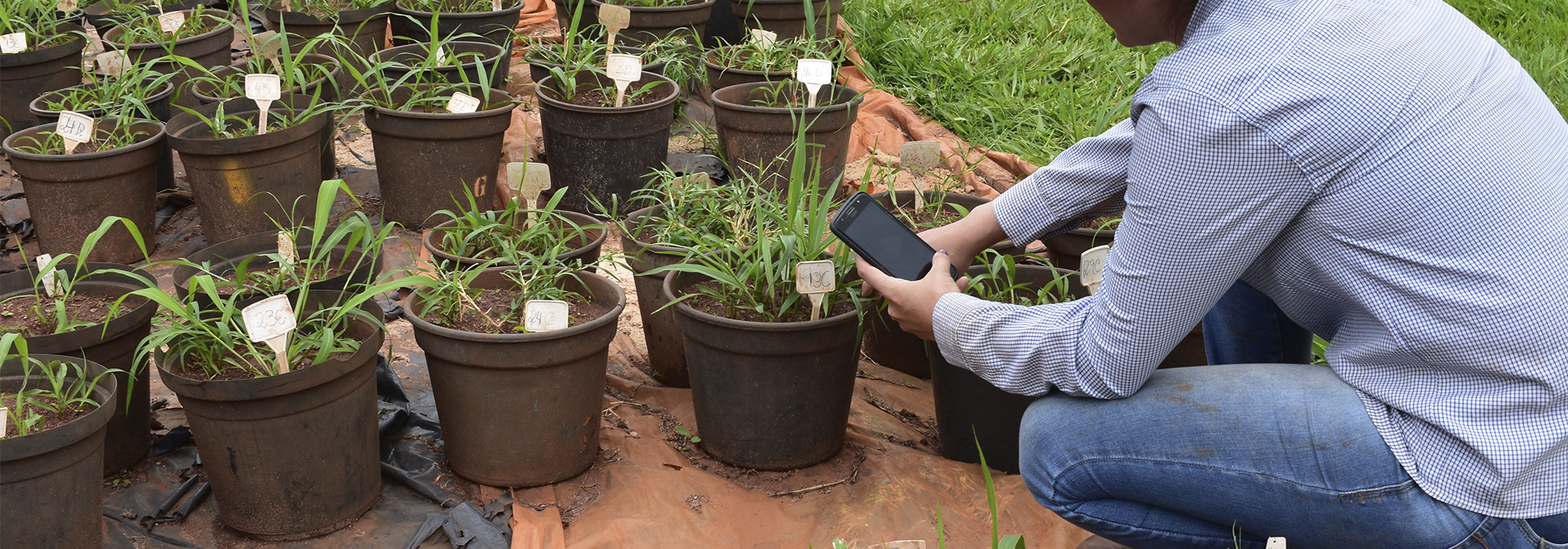
Produção Científica // Artigos
Effects of desiccation with glyphosate on two common bean cultivars: physiology and cooking quality of the harvested product
Artigos
Autor: Mariana Casari Parreira, Leandro Borges Lemos, João Portugal, Pedro Luís da Costa Aguiar Alves
Data: Outubro de 2024
Palavras-chave: Glyphosate , Bean cultivars , Weeds desiccation , Physiologic characteristics , Cooking quality , Harvested product.
The aim of this work was to evaluate the effect of glyphosate when used on two bean cultivars for the desiccation of weeds during the pre-harvest period and the consequences on the physiologic characteristics and cooking quality of the harvested product. Treatments consisted of four doses of glyphosate used as a desiccant: 180, 360, 720, and 1,080 g a.i. ha-1, ammonium gluphosinate at 360 g a.i. ha-1, as well as a control without application of desiccant, applied to two bean cultivars (Pérola and IPR Juriti). For each of the cultivars, the experimental design was a completely randomized design with five replicates. The desiccants were applied during phenological stage R9 of the crop (maturation), which occurred 74 days after sowing (DAS). The harvest was performed 13 days after application (87 DAS). The treatments did not affect productivity, 100-bean weight, electric conductivity, accelerated aging, cooking time, or bean hydration. However, higher glyphosate doses negatively affected first count value, index of emergence speed, and seedling dry mass. The use of the herbicide glyphosate up to a rate of 1,080 g a.e. ha-1 as a desiccant against weeds in the pre-harvest period is possible for the bean market. However, if the harvested product is destined for the planting of a new crop, caution should be observed with the use of this herbicide.
Cite: Parreira, M. C.; Lemos, L.; Portugal, J. e Alves, P. (2015). Effects of desiccation with glyphosate on two common bean cultivars: physiology and cooking quality of the harvested product”. Australian Journal of Crop Science. 9(10), 925-930. http://hdl.handle.net/20.500.12207/5459